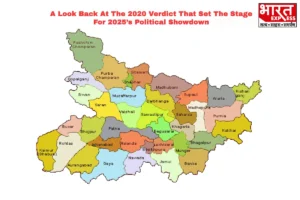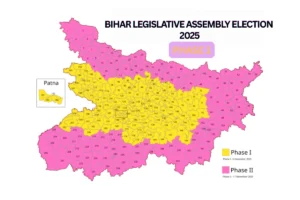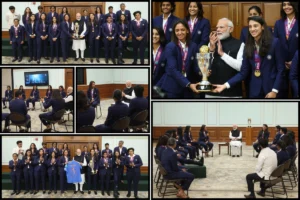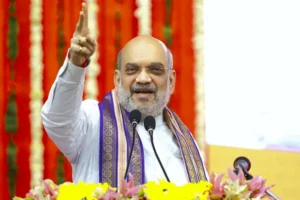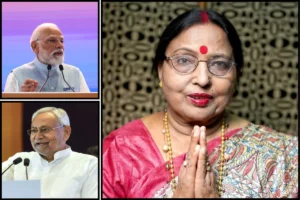
As Bihar braces for the first phase of polling tomorrow in the 2025 Legislative Assembly elections, political observers are looking back at the 2020 verdict that redrew the state’s political map and laid the groundwork for today’s fierce contest.
The 2020 Mandate: A Neck-and-Neck Contest
The 2020 assembly election produced one of Bihar’s tightest finishes. The National Democratic Alliance (NDA), comprising the BJP, JD(U), LJP (RV), HAM, and RLM, secured a slender majority with 125 of 243 seats, holding off the Mahagathbandhan (Grand Alliance) led by Tejashwi Yadav’s RJD, which won 110 seats.
The BJP emerged as the largest party within the NDA, winning 74 seats with a 19.8% vote share, while Nitish Kumar’s JD(U) captured 43 seats, reflecting a noticeable decline from previous tallies.
The RJD, however, remained the single largest party overall with 75 seats, signalling its growing appeal among younger and rural voters.
From 2015 Landslide to 2020 Tightrope
The 2015 elections had been a very different story; then, the Mahagathbandhan had stormed to power with 178 seats, with RJD and JD(U) as partners.
Five years later, that alliance fractured, and the once-dominant JD(U) aligned with the BJP to form government once more.
2025: A Rematch in the Making
As polls open in two phases, on 6 and 11 November, with counting on 14 November, the stakes are high.
The NDA hopes to retain power amid changing political equations, while Tejashwi Yadav’s united opposition, backed by the Congress and Left parties, seeks to capitalise on the anti-incumbency wave.
Tomorrow’s voter turnout could provide the first hint of which way Bihar’s political wind is blowing this time.
Also Read: PM Modi Hosts Women’s World Cup Champions; Praises Their Remarkable Comeback
To read more such news, download Bharat Express news apps







